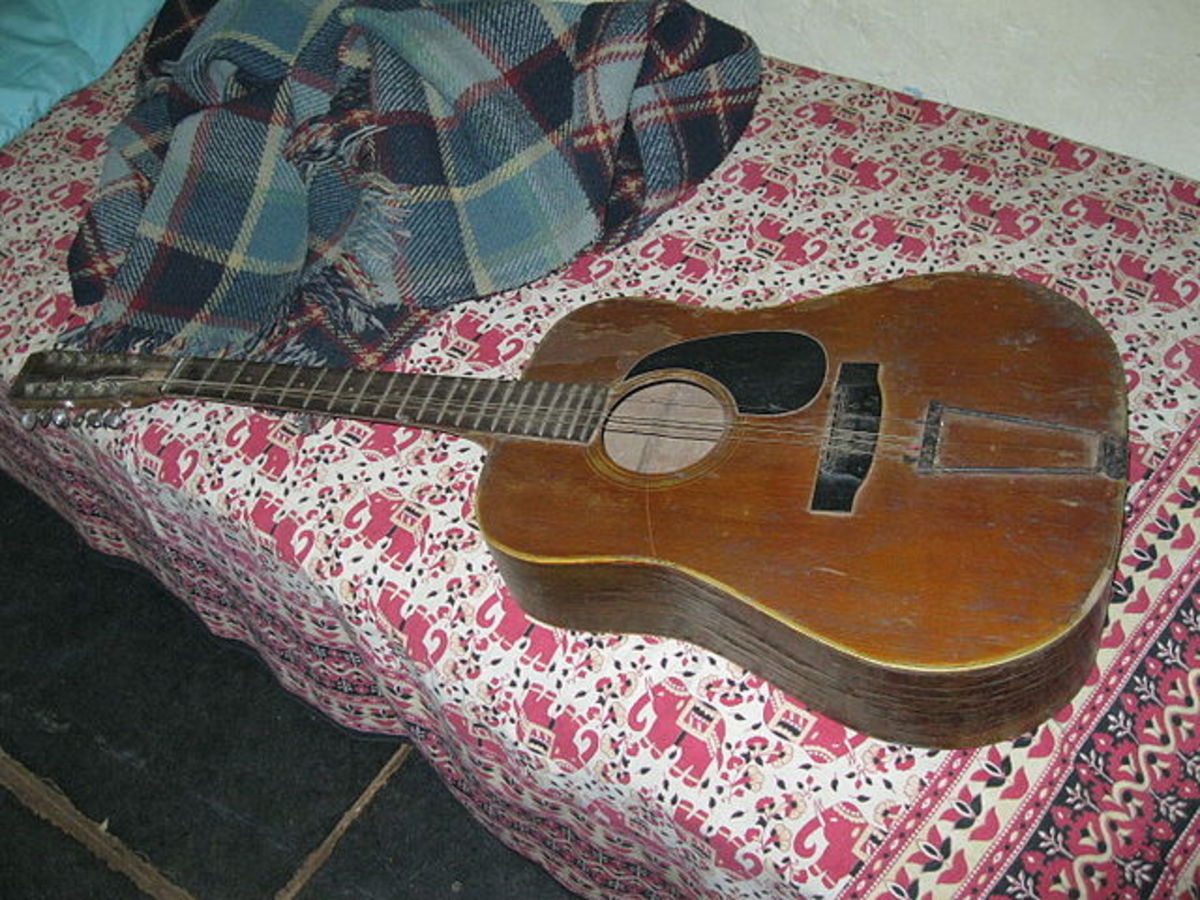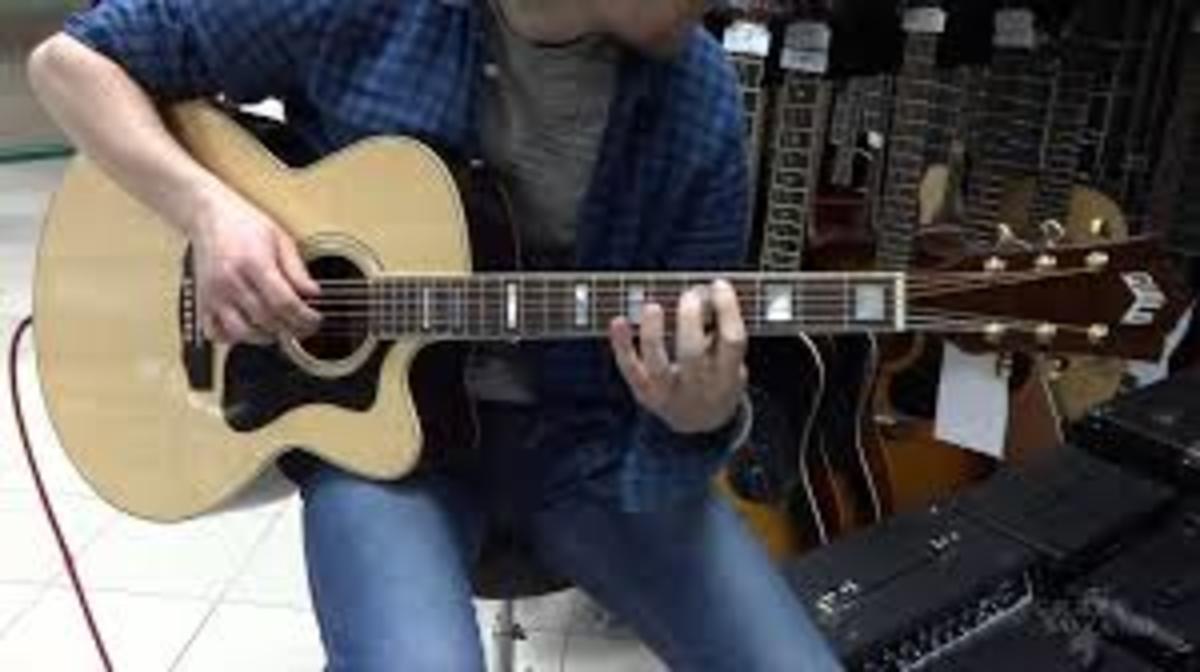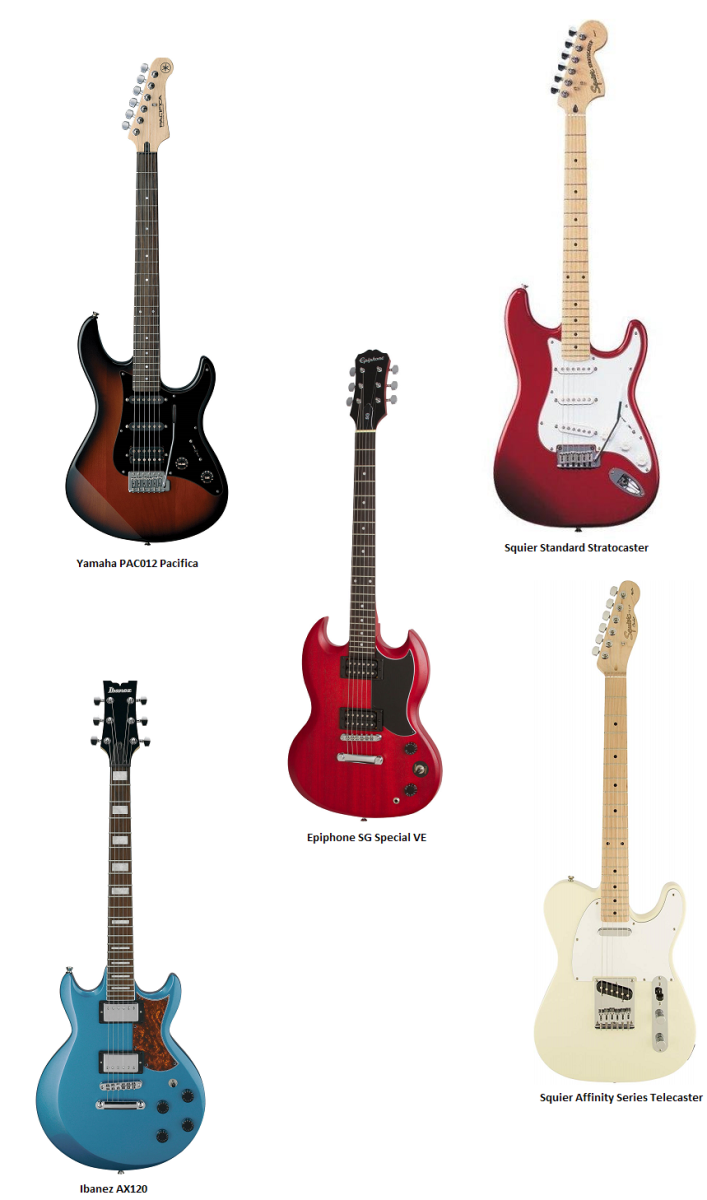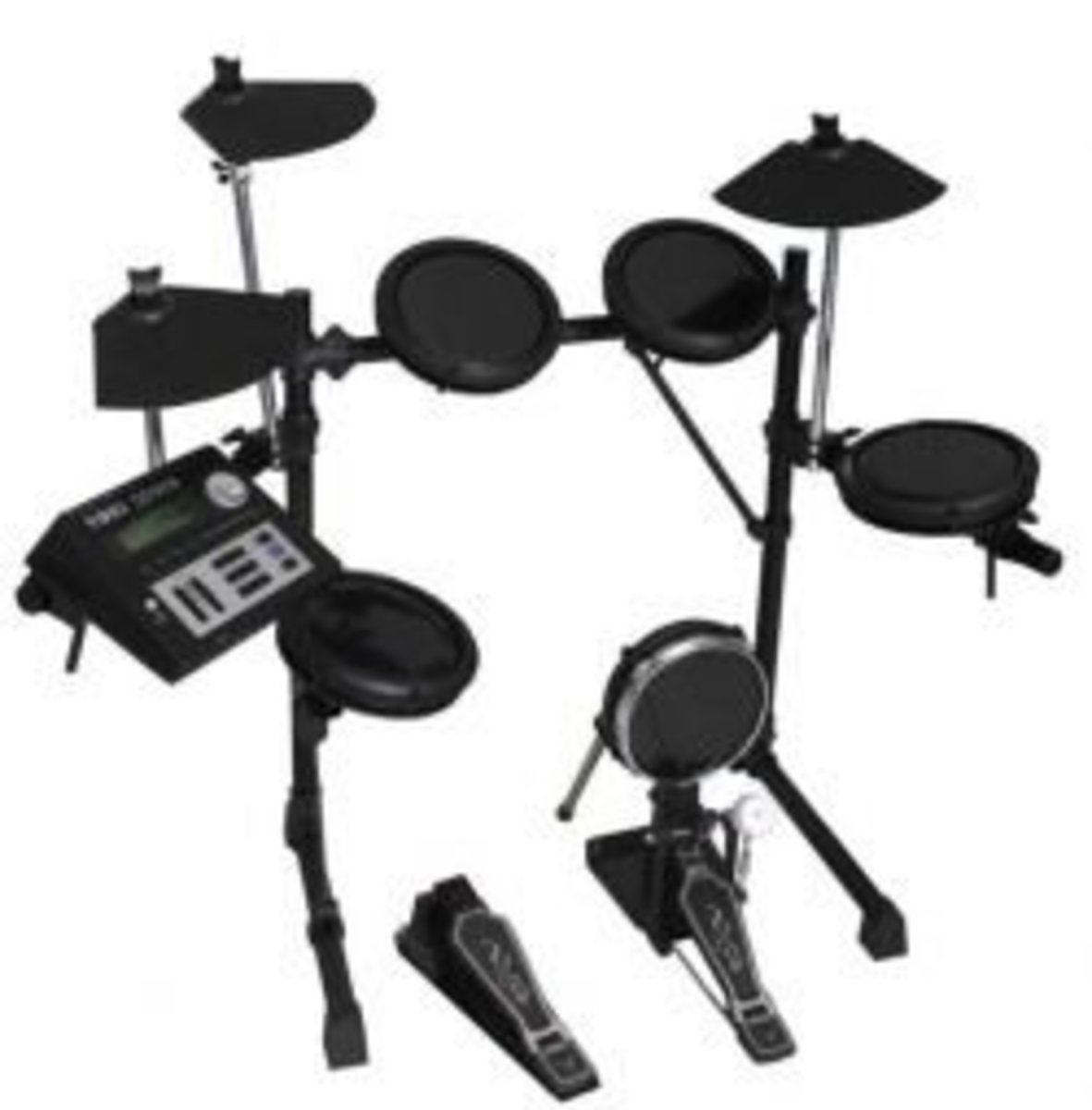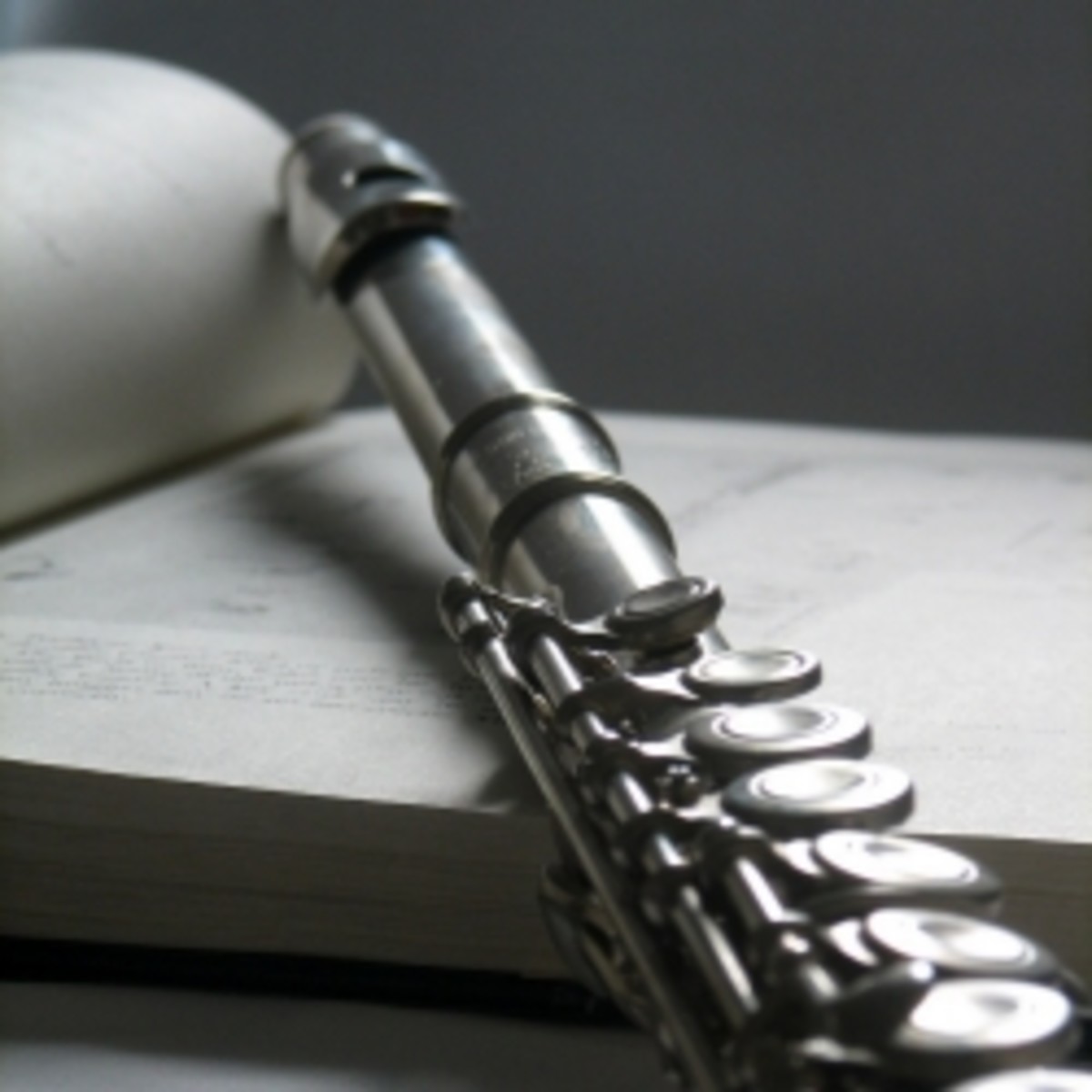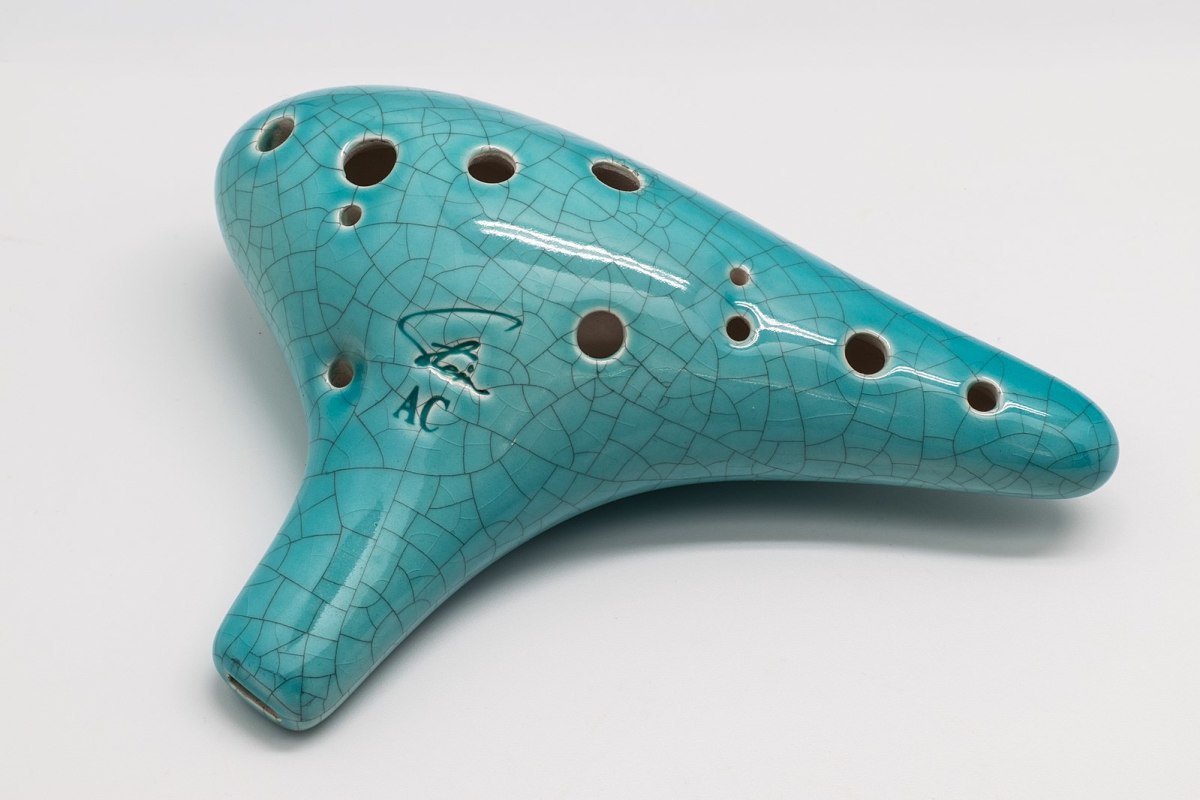Guitars 101: What Types Are There?
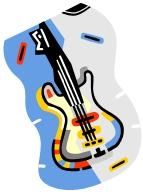
Before You Choose Your Guitar . . .
Guitars are among the most popular instruments played by music lovers of all ages. Even children can easily learn to play the guitar. But before you run out to buy the first slick-looking guitar that catches your eye, know this: there are many types of guitars that are available for different kinds of music.
Advice: Take your time to understand what types of guitar are available . . . what you need to have as a beginner . . . and then what guitar you will "graduate to."
What are the different types of guitars?
Guitars are different in terms of playability, overall appearance and sound quality.
>>> Acoustic Guitars
Several Kinds of Acoustic Guitar
Most often, made out of wood, acoustic guitars are dependent on their structures and hollow body shapes to resonate sounds. In other words, the natural vibrations of the strings are resonated by the body of the guitar. Unlike electric guitars, they don’t rely on external devices to make sounds.
Here are a few "kinds" of acoustic guitars:
- Classical Guitars:
- Classical guitars are very popular and are often
- the choice guitar for beginners.
- The strings are usually made from nylon. Classical guitars produce whole sounds which are very warm to the ears.
- Flamenco Guitars:
- Flamenco guitars are almost similar to the classical guitars. However, these guitars
- produce crisper and thinner sounds
- than the classical ones.
- Steel-Top Guitars:
- Steel-top guitars are also similar to the classical guitar. These, however, are constructed to be more resilient. The parts of the steel-top guitar are reinforced and their bodies are significantly larger than the classical guitars. They
- produce warmer tones
- than the classical guitar.
- Acoustic Bass Guitars:
- Acoustic bass guitars are bass guitars without electronic pick-ups. The body of the guitar is used to produce the sounds. These are usually 4-stringed guitars but there are acoustic bass guitars which have 5 or 6
- strings.
- 12-String Guitars:
- A normal guitar usually has 6 strings, but the 12-string guitar, as its name implies, has 12. Each string is accompanied by another string with the same note but is usually tuned in a higher octave. This kind of guitar
- produces a semi-chorus effect
- which is very pleasant to the ears.
- Resonator Guitars:
- This type of guitar is similar to the steel-top guitar, but "the steel in the middle of the soundboard is used to resonate the sound from the vibration of the guitar strings. This
- produces a very thin and distinct sound . . . commonly used in playing the blues.
- There are also variations of the resonator guitar: the square-neck resonator guitar is played on the lap like a piano or organ. The round neck resonator guitar is played like a common guitar.
- Archtop Guitars:
- The archtop guitar is inspired by other instruments such as the violin and the cello and is
- often preferred by Jazz guitarists.
>>> Electric Guitars
Unlike acoustic guitars, the sound from electric guitars are dependent upon being connected to an electric amplifier. In short, they don’t use the body for sound resonance which means they usually make very little or no sound when played without an amplifier. With a solid or semi-solid body, the concept used by electric guitars is the energy of the strings are diverted into electrical impulses . . . to be able to achieve an amplified sound.
Elements of an electric guitar include:
- Control knobs
- for changing the volume or the tone of the guitar.
- Pick-up Selectors
- to achieve the best guitar sounds. These pick-ups gather and produce different tones from the guitar.
- Tone Knobs
- are usually used to shift from a bass-intensive sound to a treble-intensive sound or vice versa.
- Whammy Bars
- may be found on some electric guitars. These bars are attached to the guitar to shift notes without changing the finger positions in the fret board. Whammy bars are used to
- produce “crying” guitar sounds,
- very useful in ballands and rock and roll songs.


